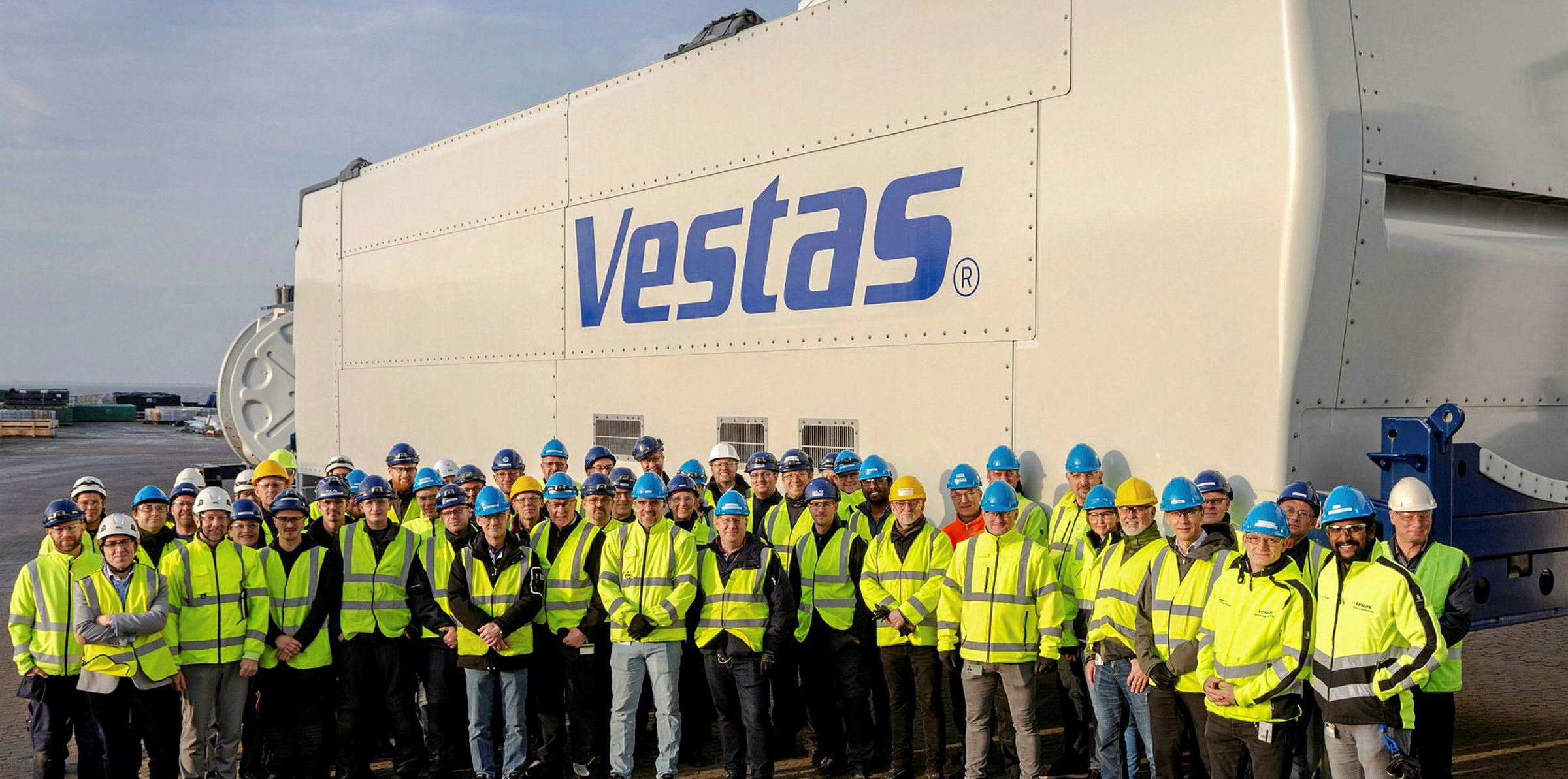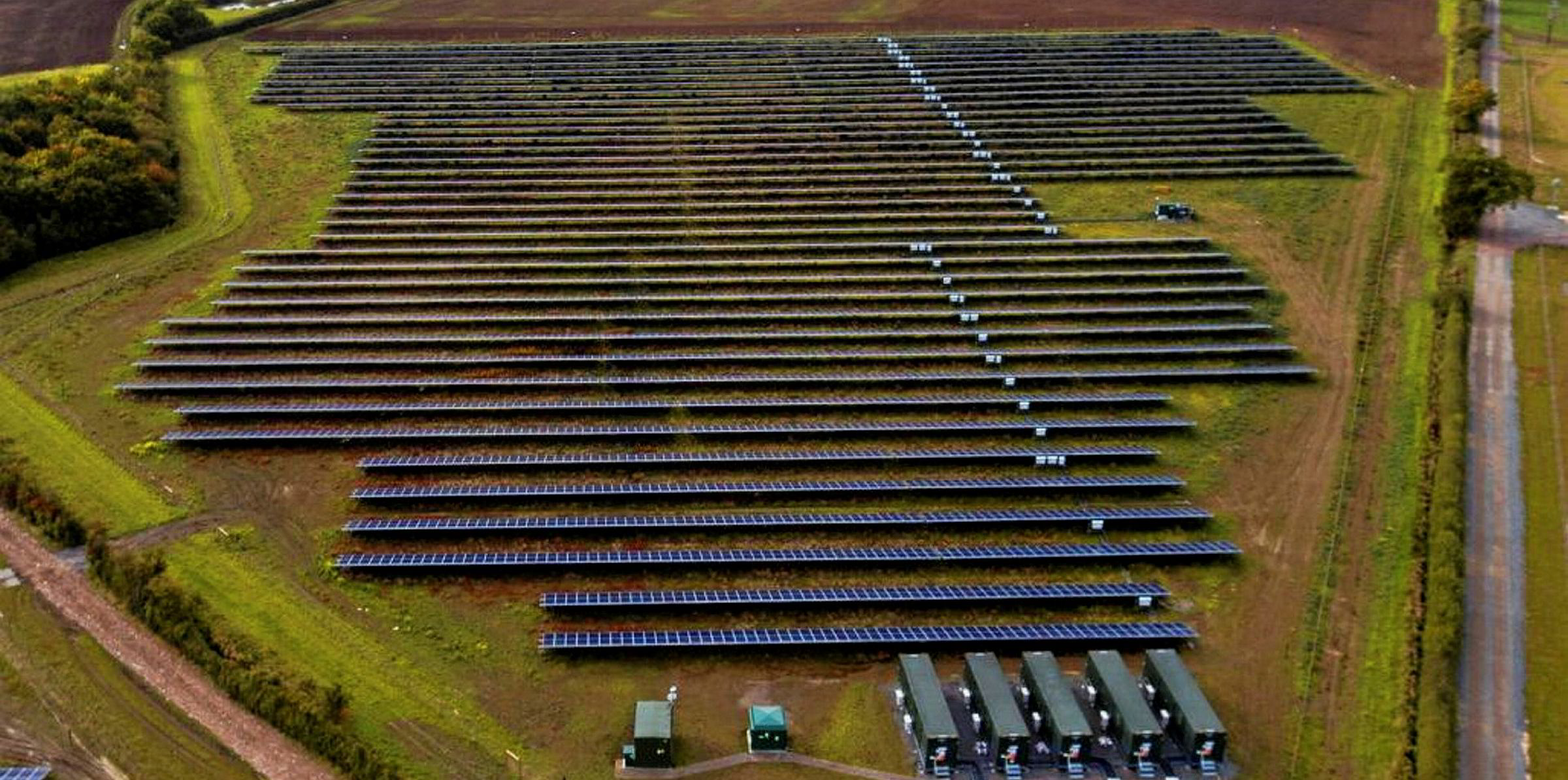European utility groups Vattenfall and EDF unveiled plans for major new UK onshore wind projects that would see the latest turbines of up to 6MW deployed in a market that remains locked out of government auctions.
Swedish group Vattenfall said its planned Clashindarroch 2 project in Aberdeenshire, Scotland, is designed to use turbines each rated up to 6MW and with a maximum 180-metre tip height.
The project, a 77MW extension to an existing 37MW project, will submit a planning application to the Scottish government after consulting local residents, Vattenfall said. A decision on the turbine supplier will be made later, said a spokesperson, who added that the project “is designed to deliver low cost renewable energy for UK consumers”.
Separately, EDF Renewables said its Garn Fach project will use up to 22 5MW turbines if it proceeds as planned on a site near Newtown, mid-Wales.
The French-owned developer said: “Onshore wind is now one of the cheapest ways of generating renewable or low carbon energy, and Garn Fach will be developed without the need for public subsidy.”
An EDF Renewables spokesperson told Recharge it was too early to say if corporate power deals would be part of the offtake mix, or who would supply the turbines.
Deployment of the new generation of large onshore wind turbines in the 5MW-plus range is seen as a key way to make viable onshore wind projects currently locked out of the contract-for-difference (CfD) auctions that are the UK's main support mechanism for renewables, with no sign that the new Conservative government is inclined to reverse the policy.
The best onshore projects are widely seen as competitive with UK wholesale prices of around £40/MWh ($52/MWh) and well-placed to strike corporate power deals, especially if they can use the latest, most powerful machines for new projects or repowering – although their size often brings them into conflict with planning rules.
Scotland and Wales, which both have devolved governments well-disposed to renewables as well as good wind resources in remote locations, are tipped so see the majority of large-scale onshore development ahead of England.
But industry commentators have warned projects operating outside the predictability offered by the CfD mechanism face extra hurdles.
Tim Dixon, wholesale team lead at energy research specialist Cornwall Insight, told Recharge: “If EDF can show that such an investment viable without subsidy, it helps lay the path for similar investments to be made in the future by other companies.
“However, the main challenge for any investor is how you make such subsidy-free projects bankable when you are relying on the volatile wholesale market for market revenue. Many challenges remain for subsidy-free onshore wind, and projects developed to date without support often have site-specific circumstances helping to make them viable.”
Rhys Wyn Jones, head of industry group RenewableUK Cymru, said the onshore wind sector can't be left to completely fend for itself as the UK pursues its goal to be carbon net-zero by 2050.
“We’re seeing new market opportunities to bring forward onshore wind projects at different scales but to meet our net-zero emissions target at lowest cost, we need to see the new UK government set an energy strategy which supports onshore wind.
“New projects must be allowed to compete for UK government-backed contracts to generate power and we need to update our planning rules so that we can use the latest technology and replace older wind farms with new turbines.
“The Welsh Government also has a vital role to play in ensuring the planning regime underpinning larger renewable energy developments is fit for a new decade.”
Onshore wind, with 13.6GW operating in the UK, is firmly in the policy shade of offshore wind, which has been enshrined as a key plank of Britain's industrial strategy and has a 40GW deployment target.
Wind became the second-largest generation source of UK power last year behind gas, according to analysis by climate specialist Carbon Brief, which warned that overall low-carbon generation including nuclear stalled in 2019, and more onshore wind and solar will be needed if the country is to meet its 2050 ambitions.




